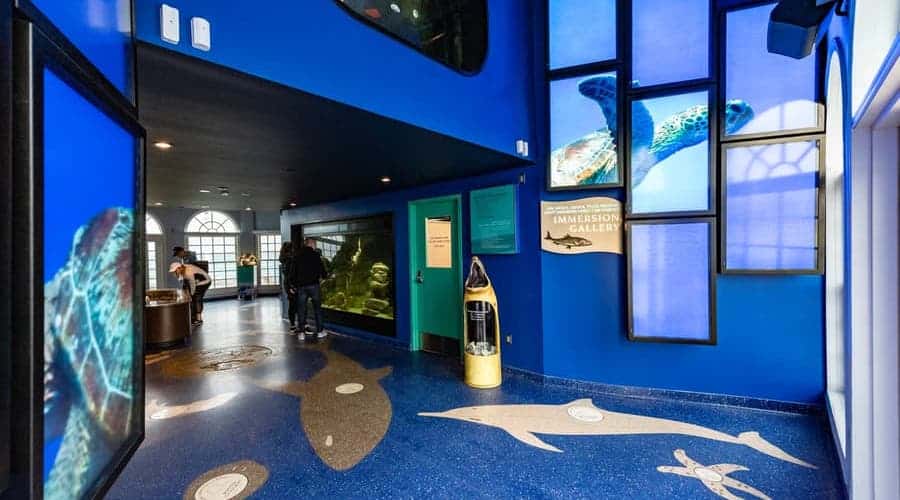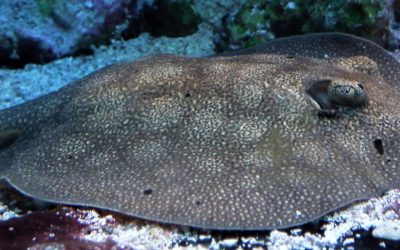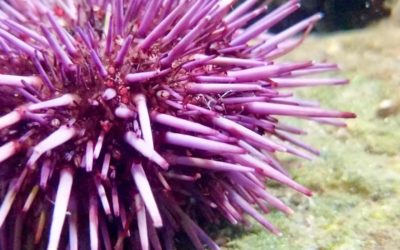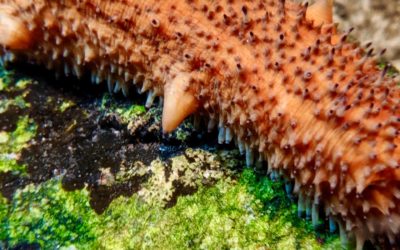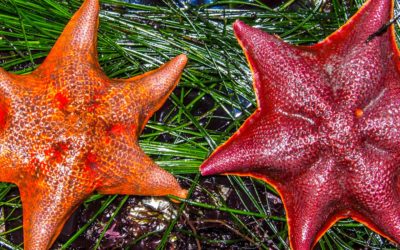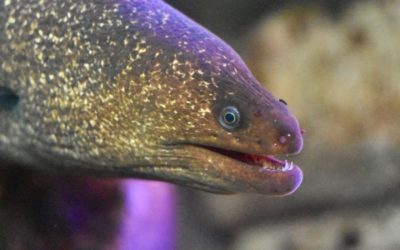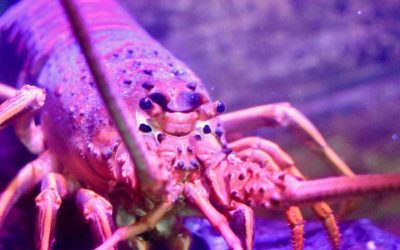Education Gallery
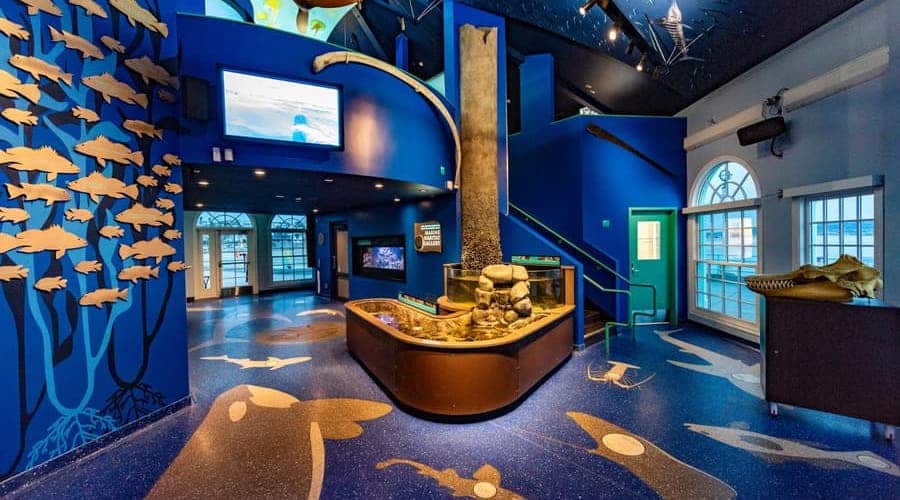
Discovery Center
Jewel tanks
Pipefish Tank
Octopus Tank
The octopus tank is an example of a deep water habitat brought to life for our guests to see. It features anemones and rock scallops on the reef which also add structure and microhabitats to the reef. The decorator crab uses the colonial strawberry anemones to help decorate its body to camouflage with the reef. There are small but colorful rockfish like the half-banded rockfish that stay close to the rocks and use them as shelter.
Kid’s Kelp Corner
Artificial Reef Tanks
Seahorse Tank
Animals in the Education Gallery
Other animals…Blue Banded Hermit Crab Pagurus samuelis , CA Scorpion Fish Scorpaena guttata
Round Ray
Urolophis halleri: Round sting rays are a common visitor to southern California beaches especially during the summer when the water warms up. They are known for having a sharp barb at the end of their tail that can pack a mean punch. Next time you go to the beach,...
Purple Sea Urchin
Strongylocentrotus purpuratus: Sea urchins belong to a group of animals called Echinoderms, which means spiny skin. Makes sense, right? This group also includes sea stars, sea cucumbers, sand dollars, and brittle stars. While the sea urchins in southern California do...
Warty Sea Cucumber
Parastichopus parvimensis: The sea cucumber, which is a relative of the sea star and sea urchin, has the ability to regenerate parts of its body. When a sea cucumber feels threatened, it will “throw up” parts of its guts. The sea cucumber can escape and will...
Bat Star
Pitiria miniata: Bat stars are a species of sea star that are commonly found in Southern California tidepools! Just like other sea stars, the bat star has the ability to regenerate, or re-grow, limbs! It also eats by pushing its stomach out and digesting its food...
Moray Eel
Gymnothorax mordax: Moray eels are the only “true eel” that you can find in southern California which means they do not have pelvic or pectoral fins. Moray eels are equipped with a set of very sharp teeth as well as a set of pharyngeal teeth in the throat that can...
California Spiny Lobster
Panulirus interruptus: When you look at the California spiny lobster, you may notice something missing: the claws! Unlike the east coast Maine lobster, the California spiny lobster does not have any claws. Instead it has lots of spines all over its body to protect...
Roundhouse Aquarium Exhibits
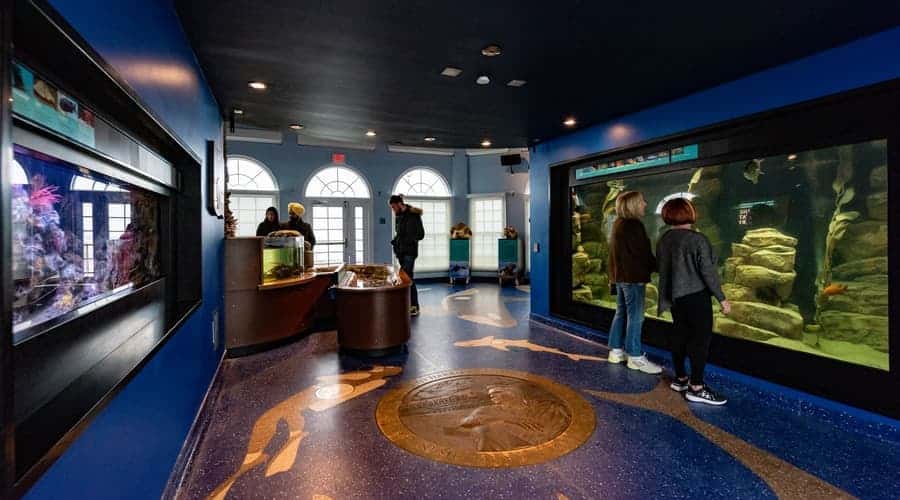
Marine Habitat Gallery

Education Gallery
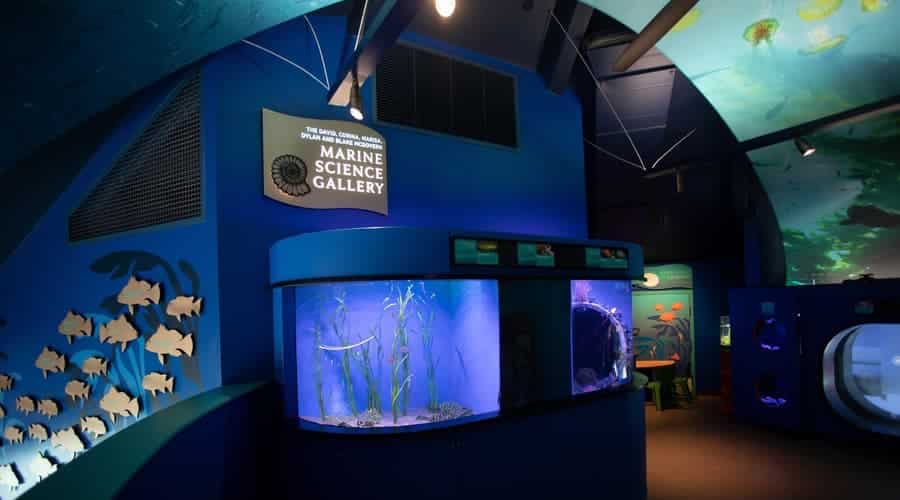
Marine Science Gallery
